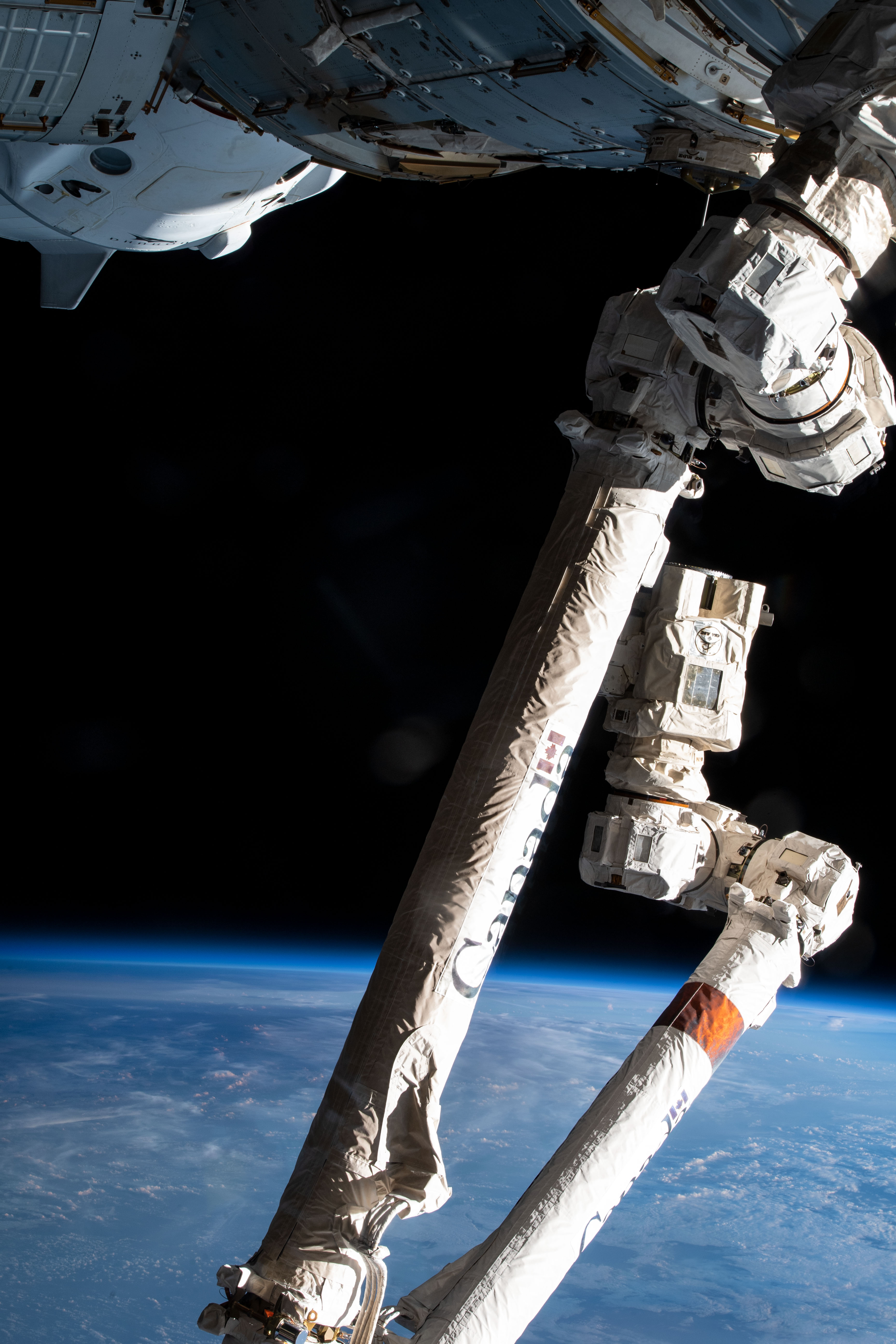NASA's Cygnus mission to International Space Station
On 19th February, 2022, a supply of 8,300 pounds of scientific investigations and cargo launched from NASA’s Wallops Flight Facility in Virginia.
It travelled to the International Space Station aboard a Northrop Grumman Cygnus resupply spacecraft. This was Northrop Grumman’s 17th commercial resupply mission to the International Space Station for NASA.
Cygnus contains supplies and payloads including critical materials to support future research investigations that will occur during Expedition 66, as well as components to aid the successful functioning of astronaut life on the space station.
The spacecraft was launched on an Antares rocket, and it
Space station research facilitated by the mission
- A study examining the effects of a drug on breast and prostate cancer cells
- A combustion facility
- An investigation that will leverage the acceleration of skin aging in microgravity to help create and validate an engineered tissue model to serve as a platform for testing potential products to protect aging skin
- A demonstration of a lithium-ion secondary battery capable of safe, stable operation under extreme temperatures and in a vacuum environment
- Hydrogen sensors that will be tested for the space station’s oxygen generation system
- A system that will test hydroponic and aeroponic techniques for plant growth and will allow scientists to observe root growth through video and still images
Such findings from these investigations aboard the space station will contribute to keeping astronauts healthy during long-duration space travel. The findings will also demonstrate technologies for future human and robotic exploration missions as part of NASA’s Moon and Mars efforts.

Installation
The spacecraft was captured at 4:44 EST on 21st February by NASA astronauts, Raja Chari and Kayla Barron. The astronauts used the Canadarm2 robotic arm to capture the spacecraft, later installing it on the Unity module’s Earth-facing port.
This mission was the first to feature enhanced capabilities that allowed the spacecraft to perform a reboost, using its engines to adjust the space station’s orbit.
The spacecraft will remain at the International Space Station until May 2022 before it deploys CubeSats, standardised formats of miniature satellites, then disposes of trash during its re-entry into Earth’s atmosphere, which will result in its destruction.


